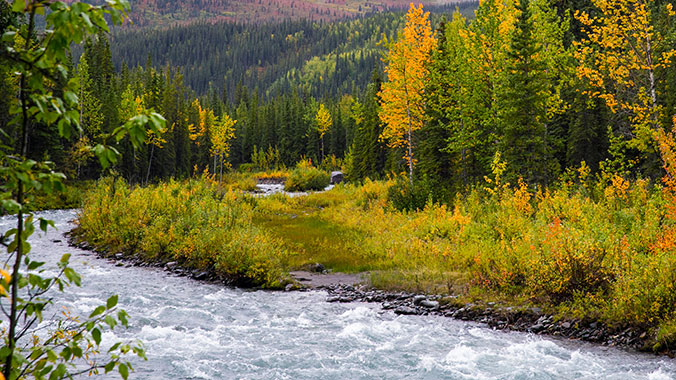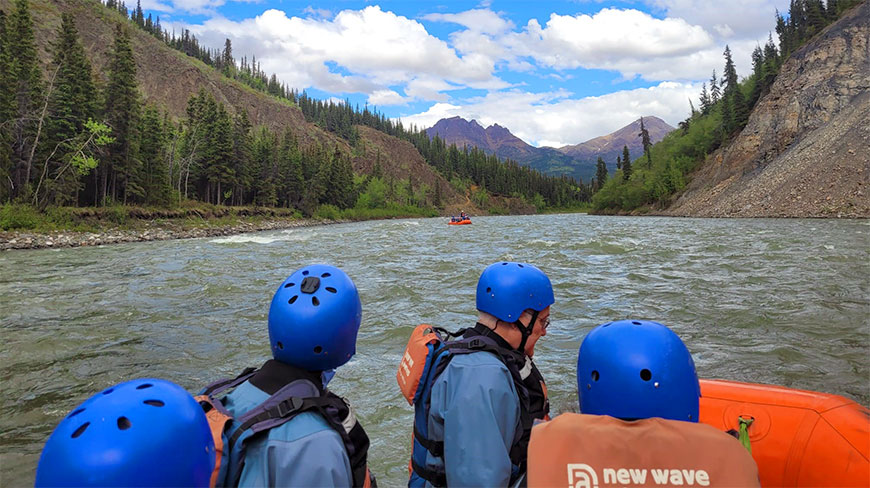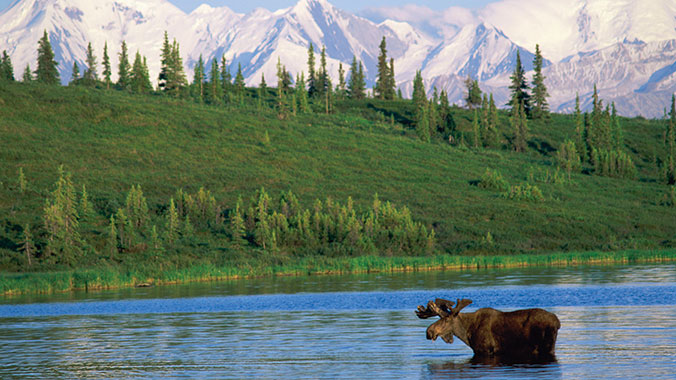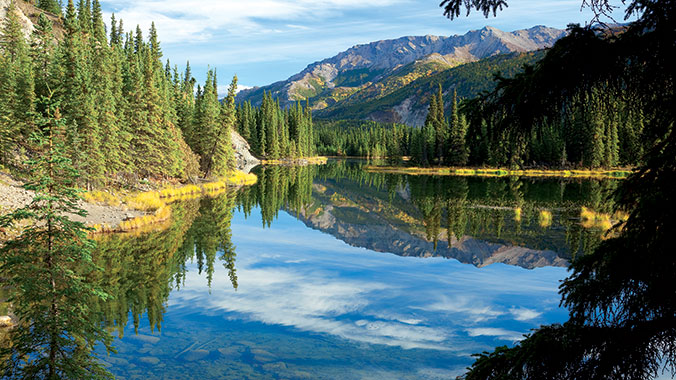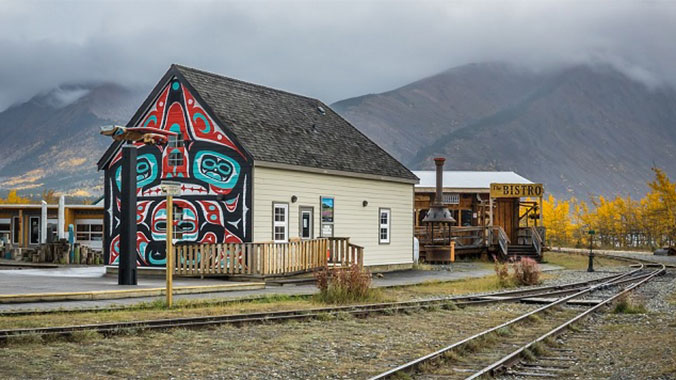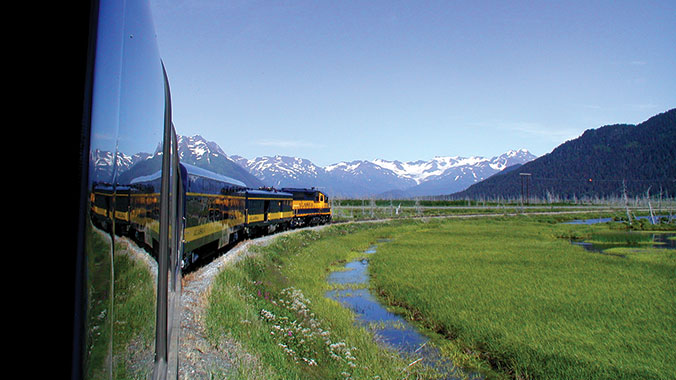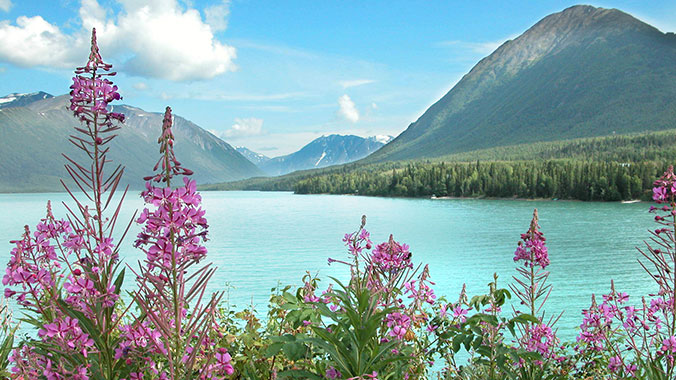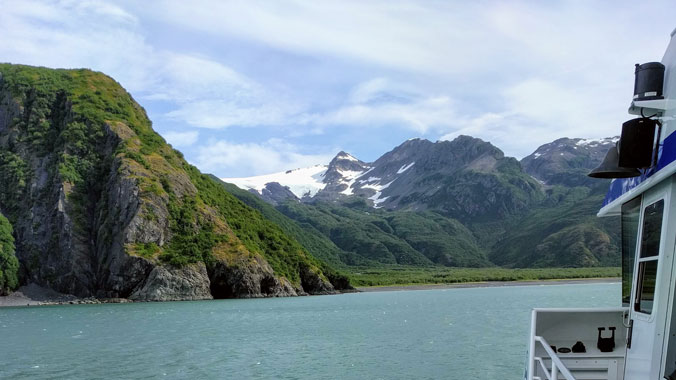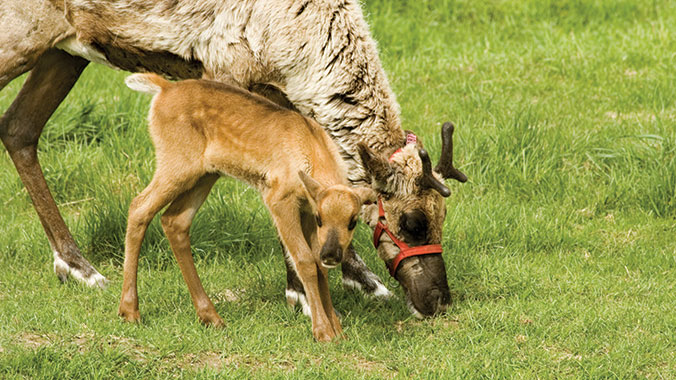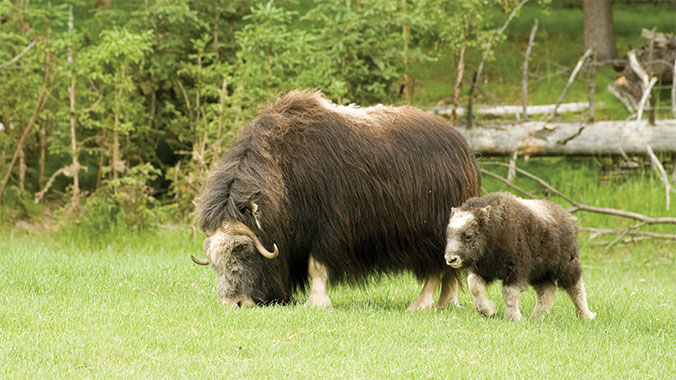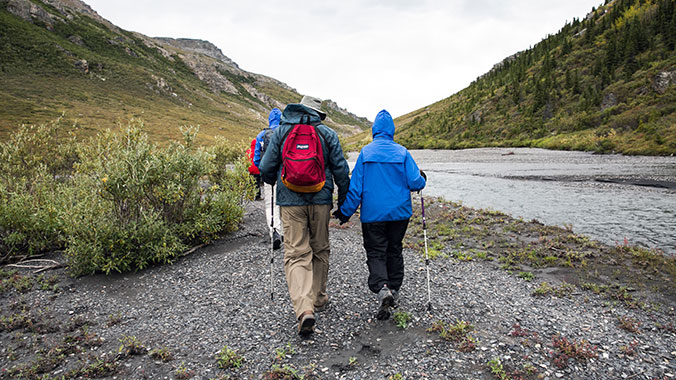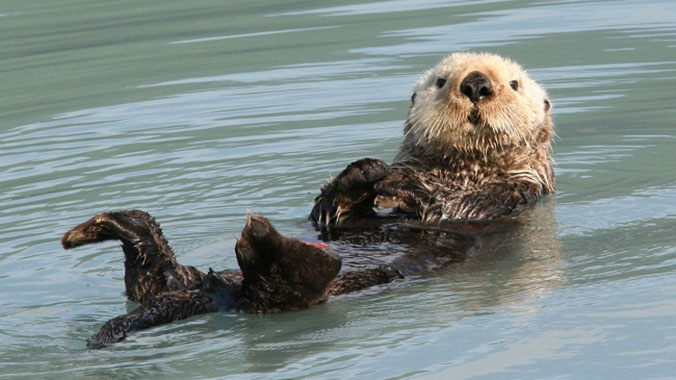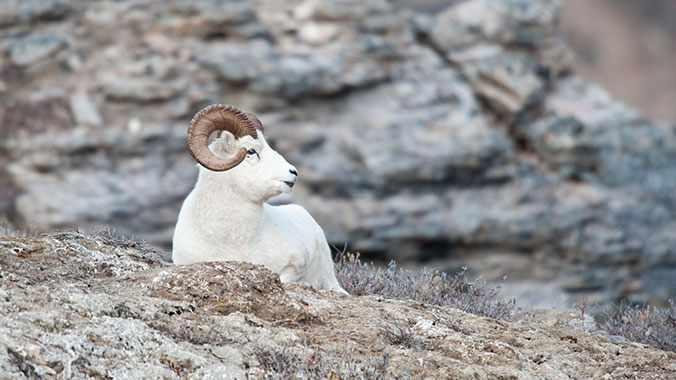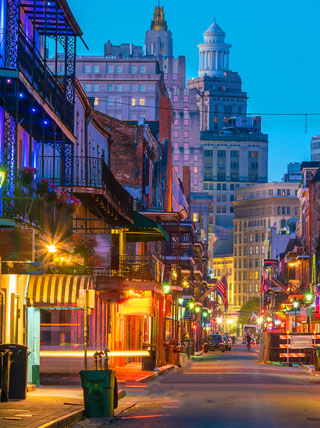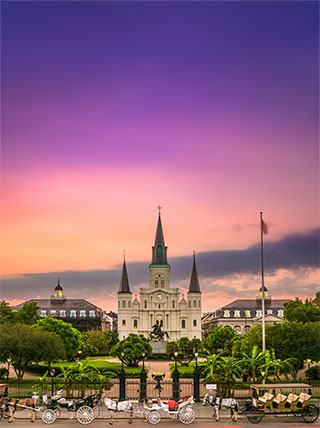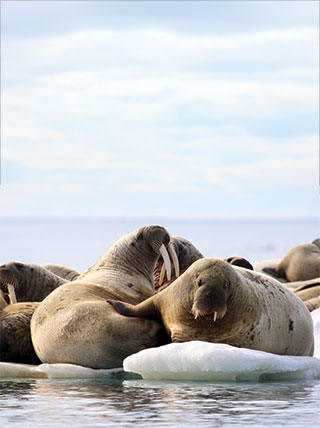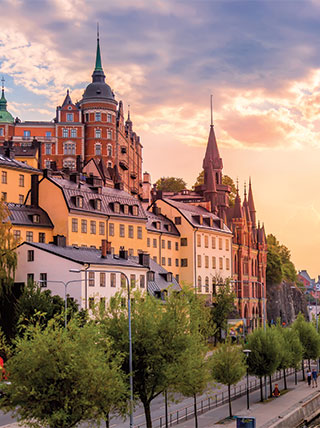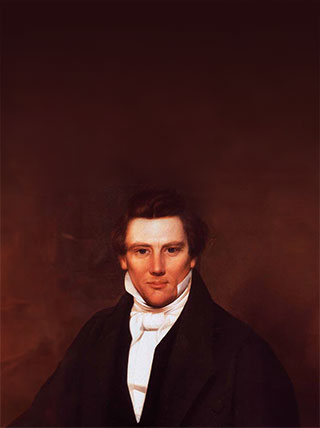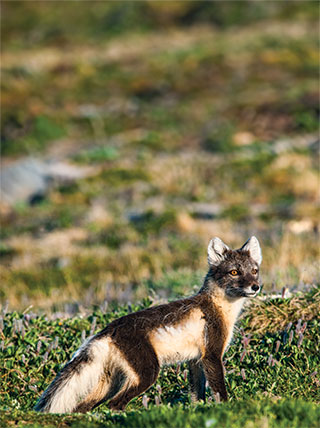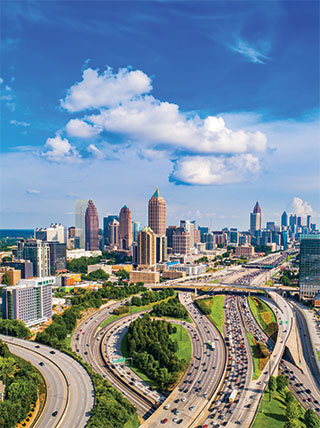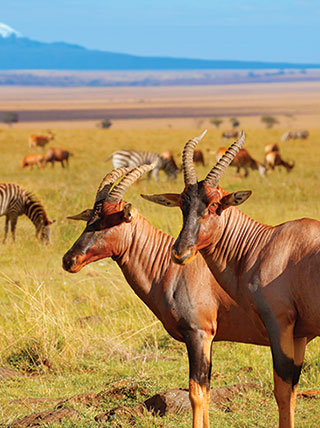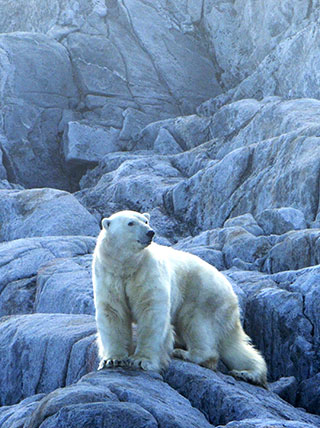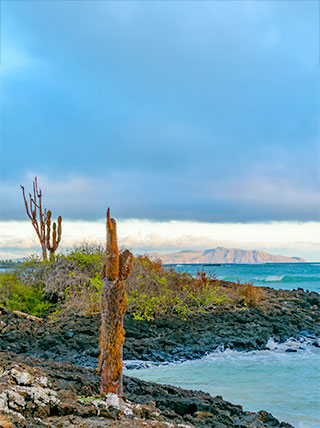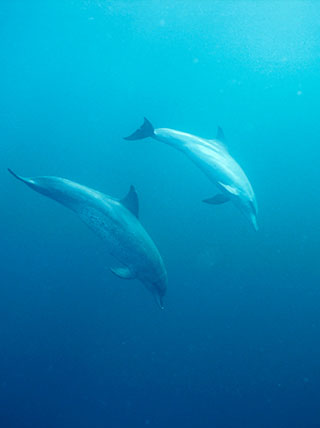Breakfast:
At the hotel.
Morning:
We will gather for an overview and introduction to Alaska by Road Scholar staff. We’ll then board the motorcoach for a field trip to the Large Animal Research Station, a branch of the University of Alaska Fairbanks Institute of Arctic Biology. Studies of the large ungulates of the Arctic — such as musk oxen, caribou, and reindeer — have been ongoing for decades. A researcher or station staff member will tell us about the biology of the animals and the ecosystems they inhabit, emphasizing the different adaptations these various species have made to the same environment, including life cycles and survival strategies. Pelts, skulls, antlers, and horns will be available for hands-on examination and study. A special highlight will be the opportunity to see and learn about musk oxen, an emblem of the Arctic.
Lunch:
We'll enjoy a catered lunch at the university.
Afternoon:
We will explore the Museum of the North at the University of Alaska Fairbanks campus. This public research university is a world-renowned circumpolar research center with extensive collections gathered from current and past scientific expeditions in Alaska, America’s only Arctic state. During our self-directed exploration, we will see exhibits on Native culture, post-contact history, geology, fauna, flora, the Gold Rush, the Alaska pipeline, the Aurora, plus rotating art and photo exhibits, all housed in a beautiful and striking architectural gem. We will also be able to learn about Arctic and sub-Arctic ecology and environment and the people who inhabit this northern edge of our world. Next we'll embark a sternwheeler and cruise the rivers of the Last Frontier. We will be introduced to a family who has made the rivers of Alaska their home for the last five generations. We will see a bush floatplane take off, visit the home and kennels of four-time Iditarod winner Susan Butcher and her champion sled dogs, and be immersed into the ancient Athabascan Indian culture as we explore the Chena Indian Village with an Alaskan Native Guide. We’ll board our motorcoach after the field trip for the scenic ride back to our hotel.
Dinner:
At a local restaurant.
Evening:
At leisure. Prepare for check-out and transfer in the morning.


